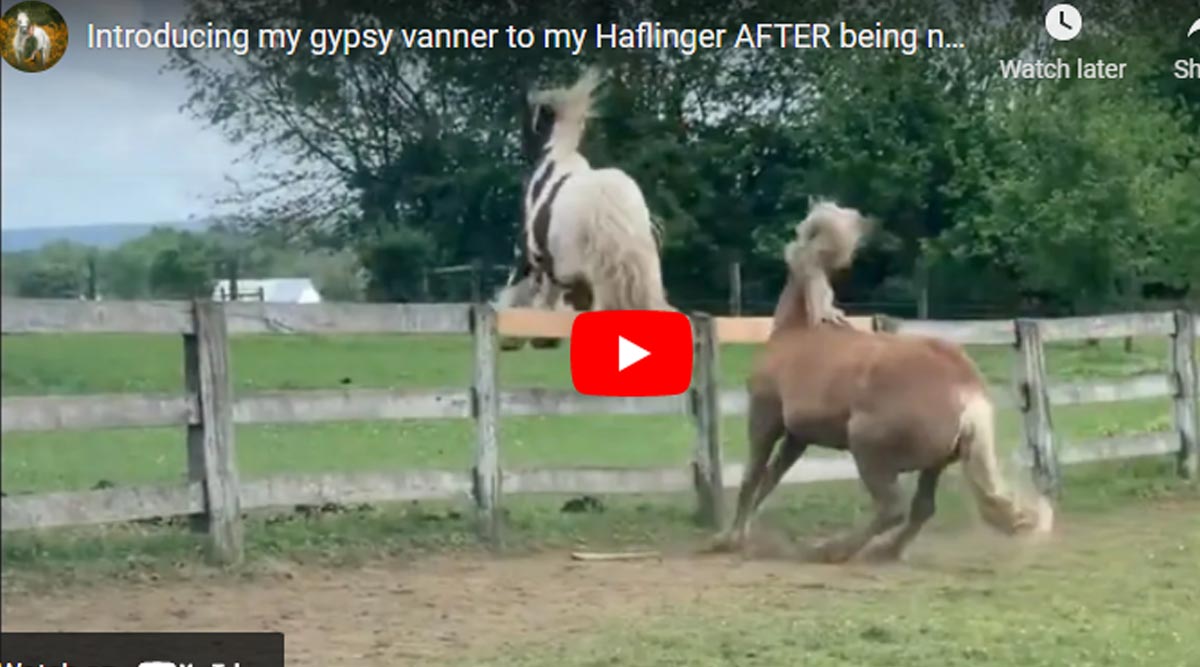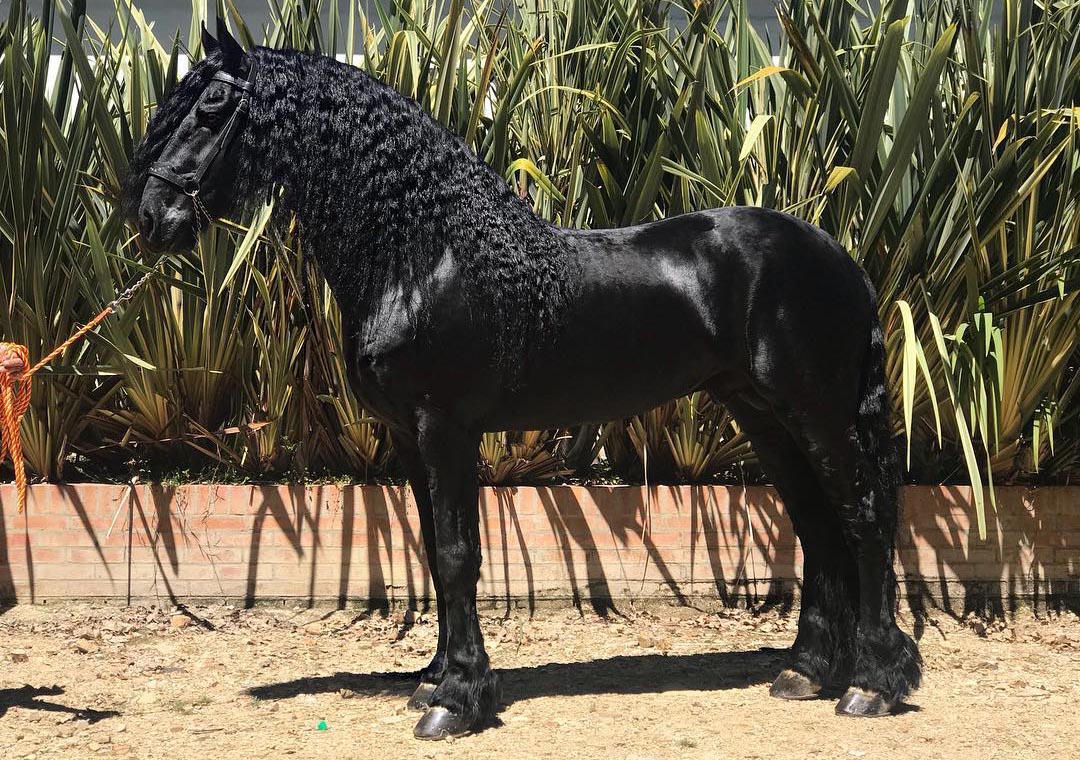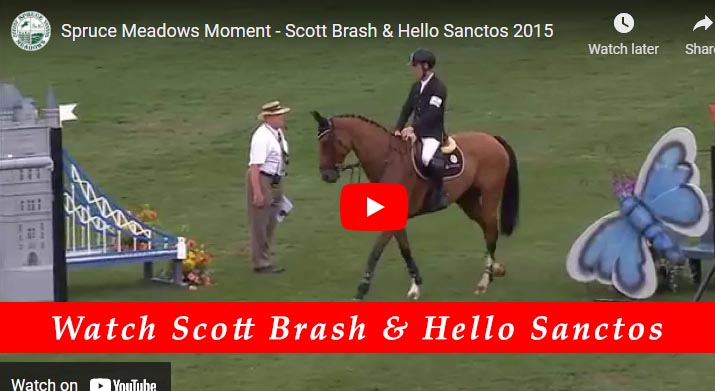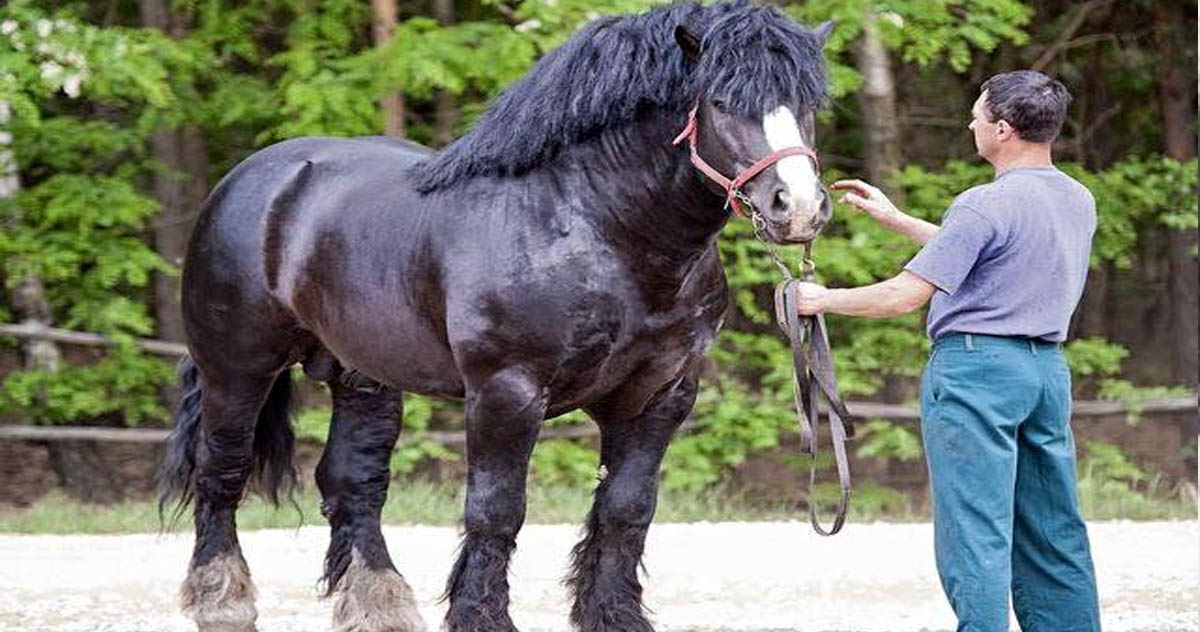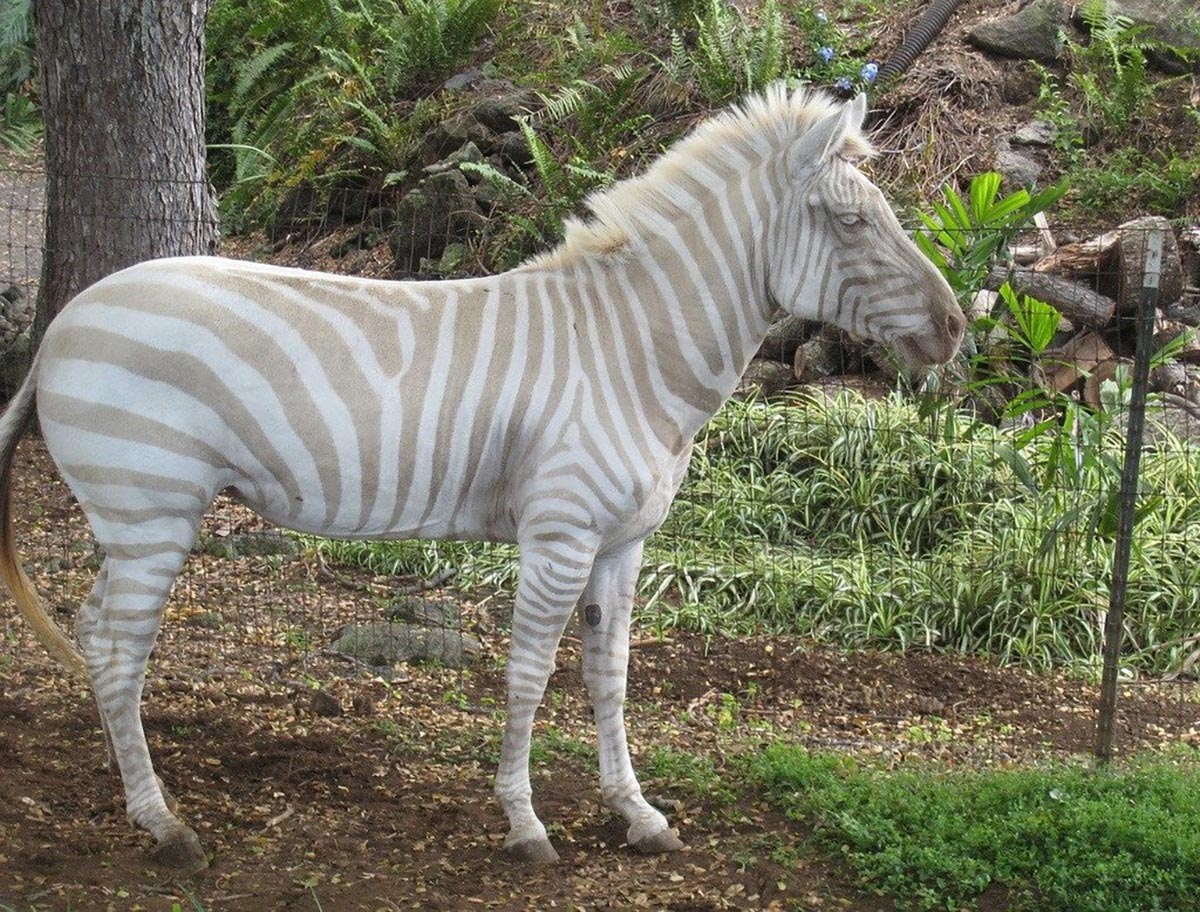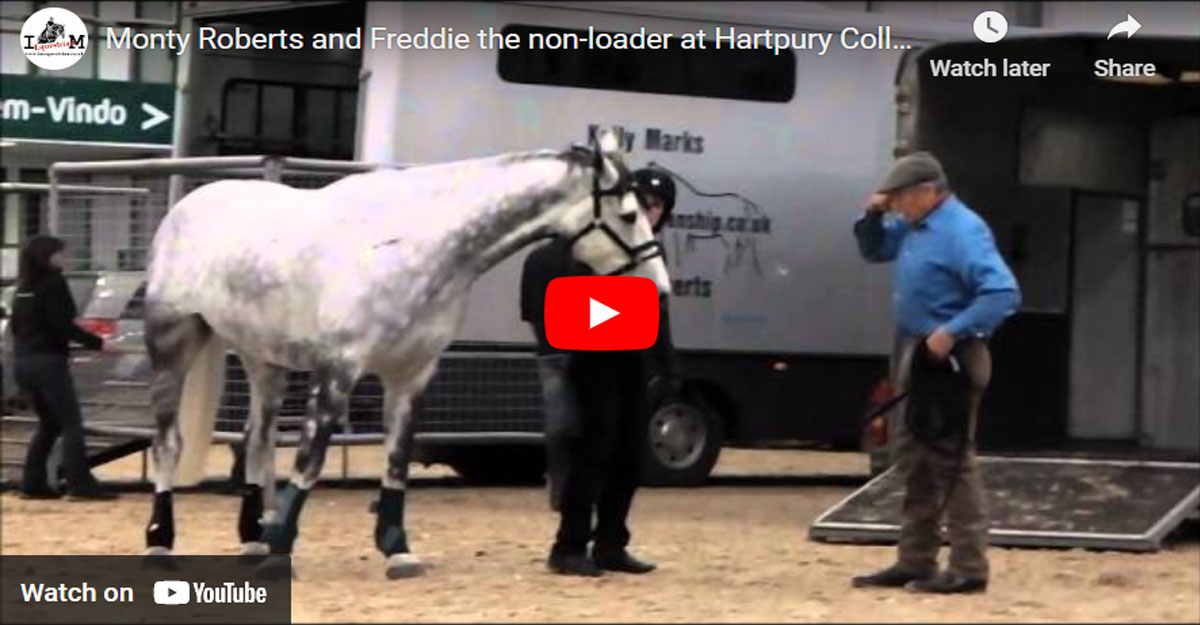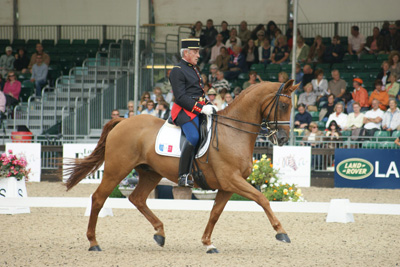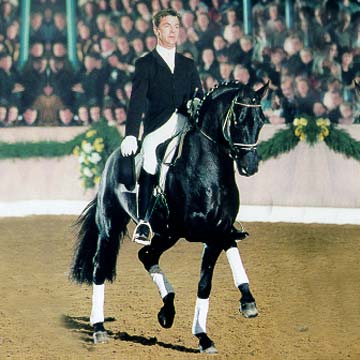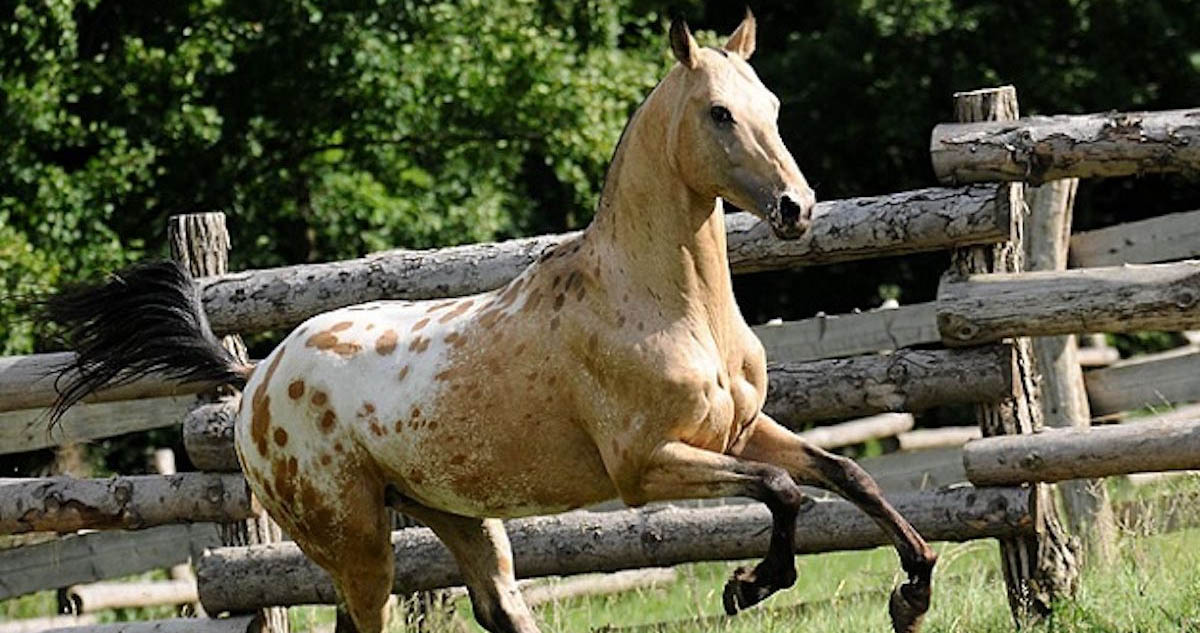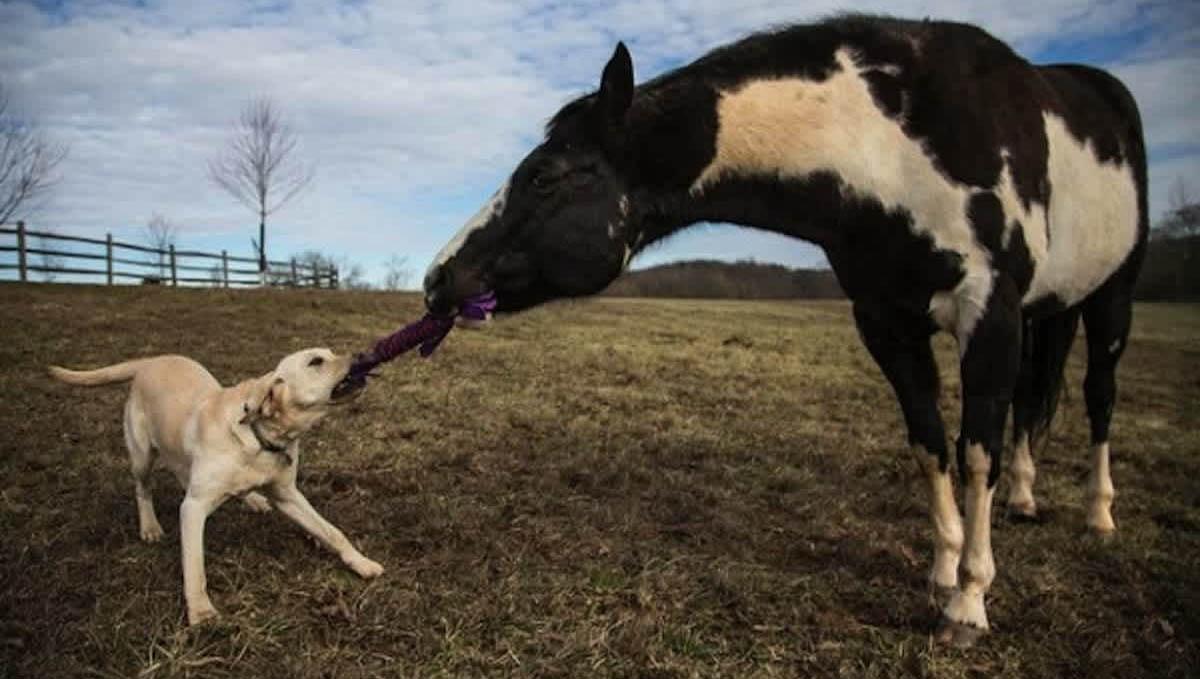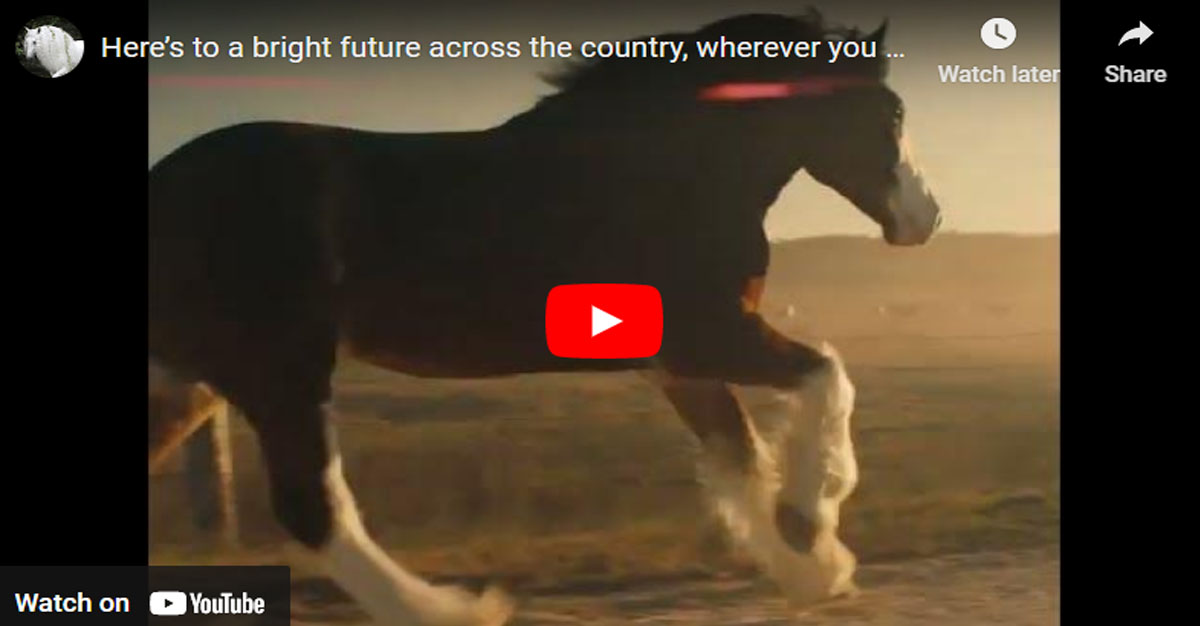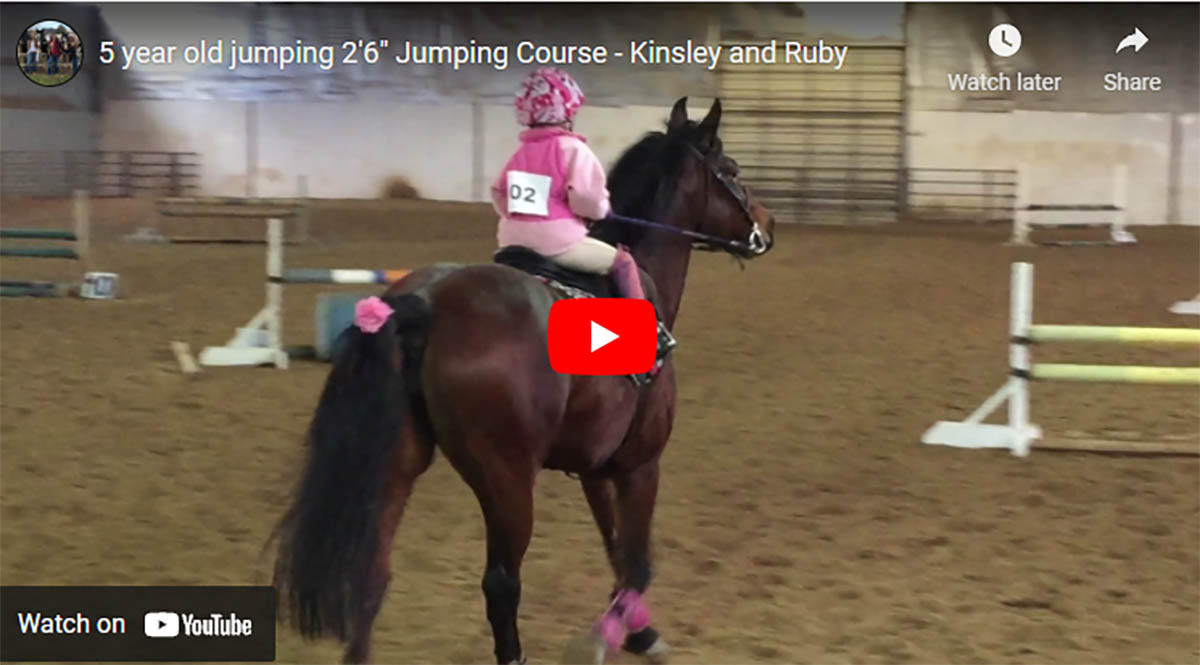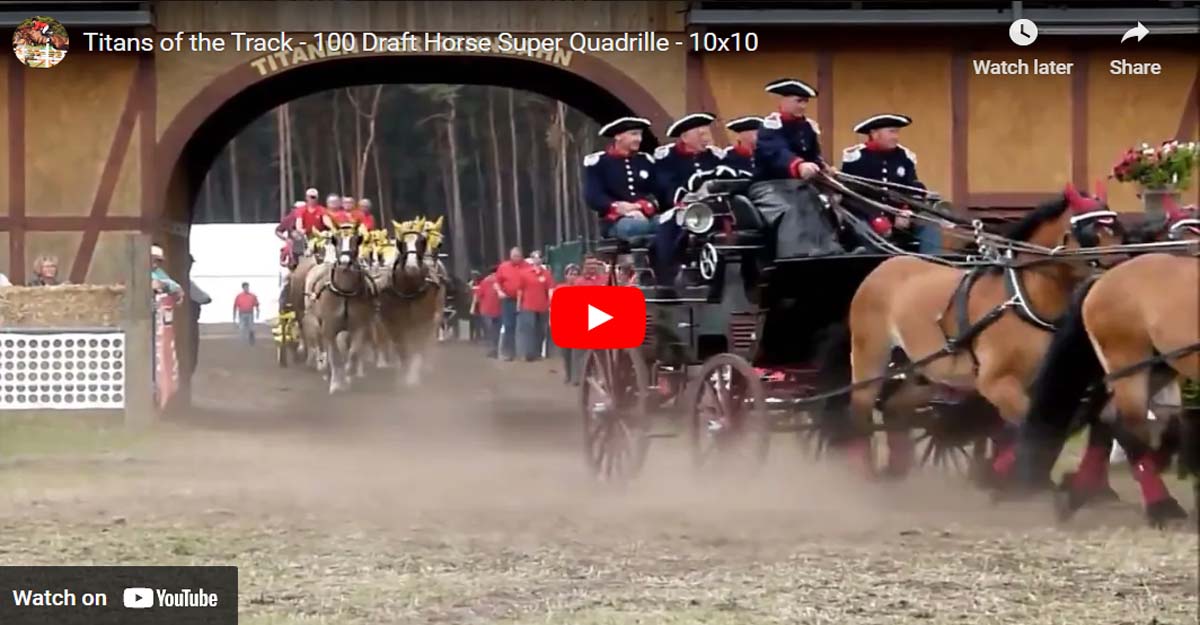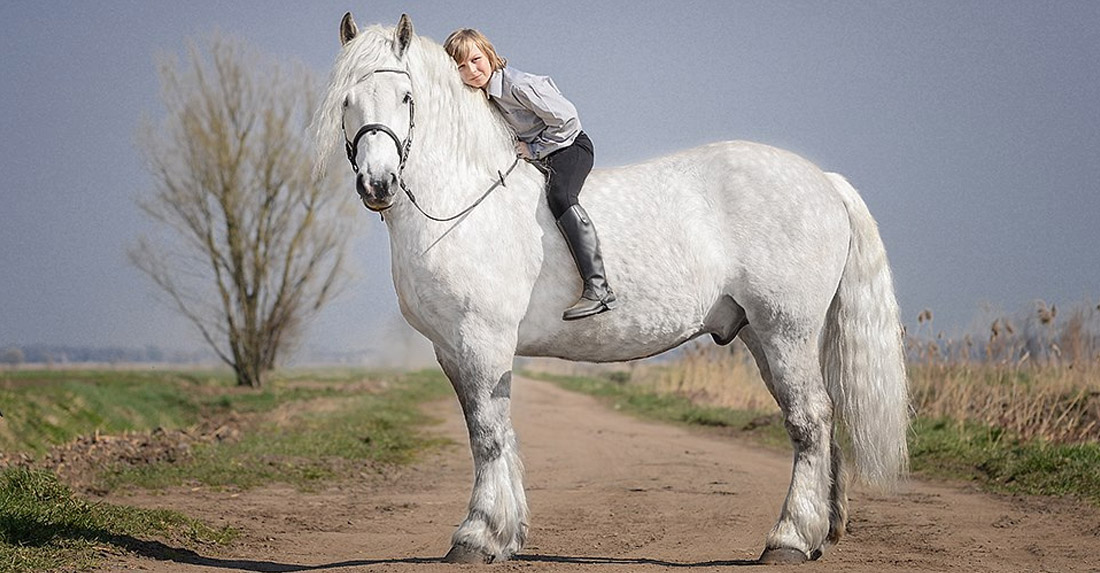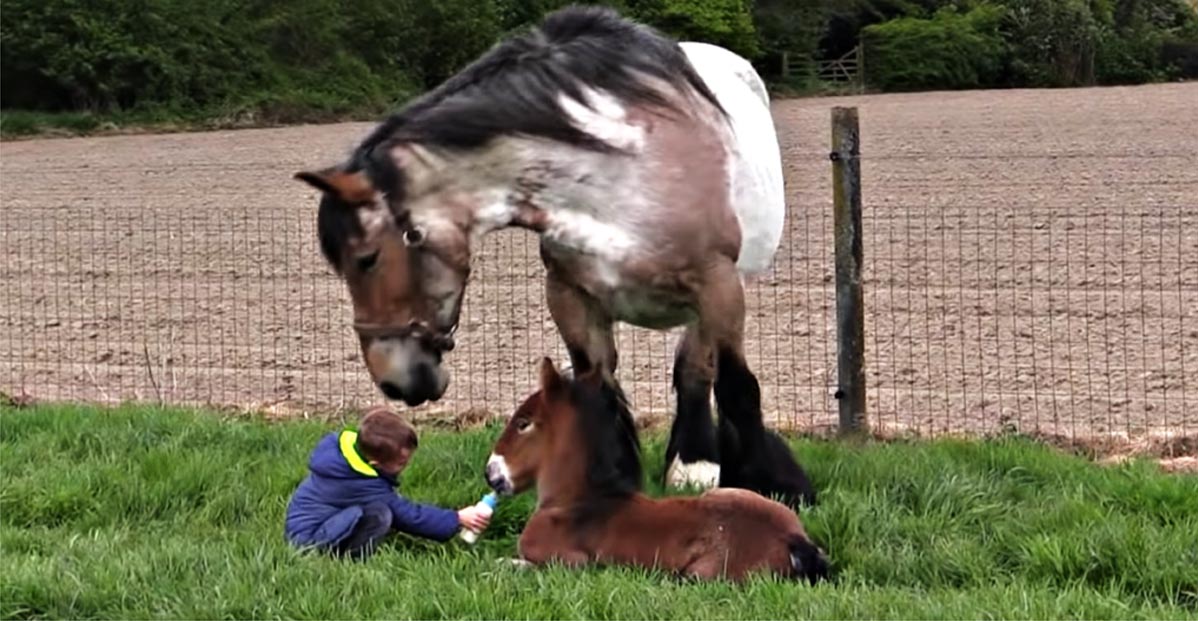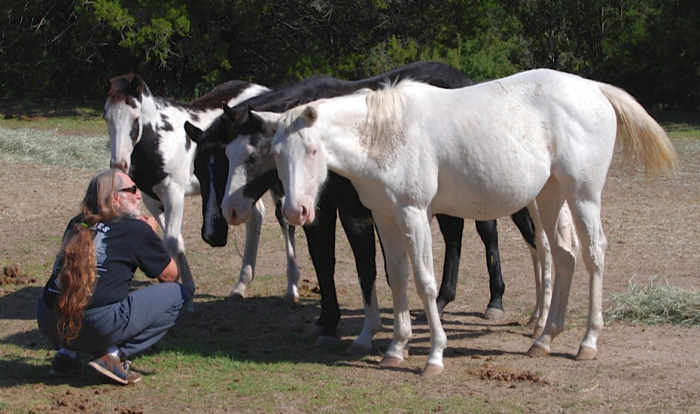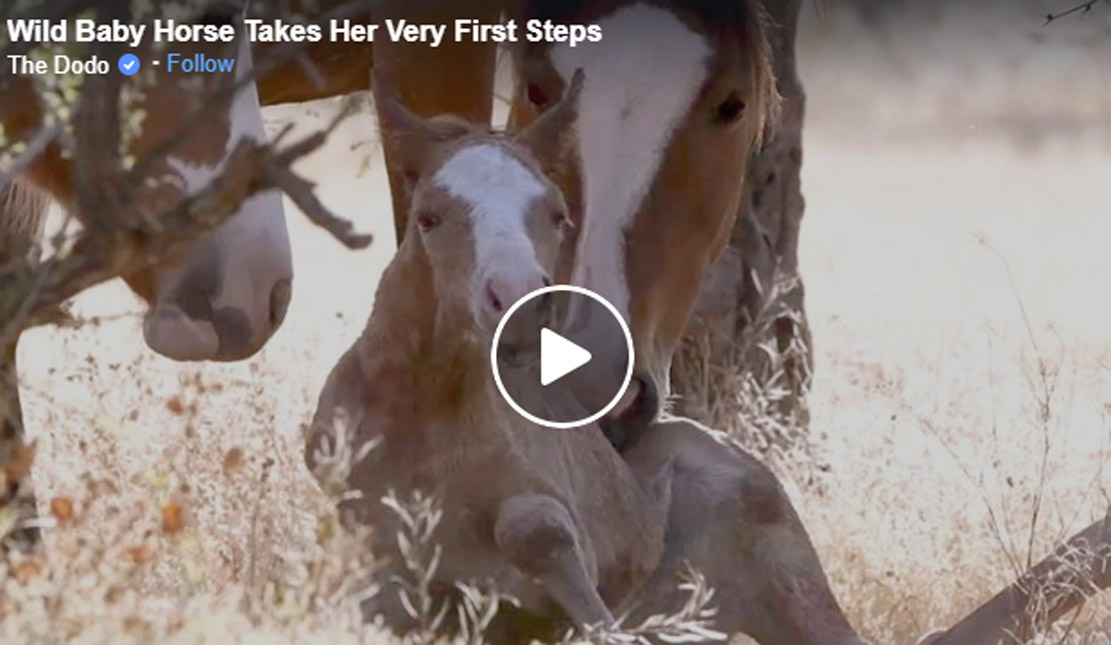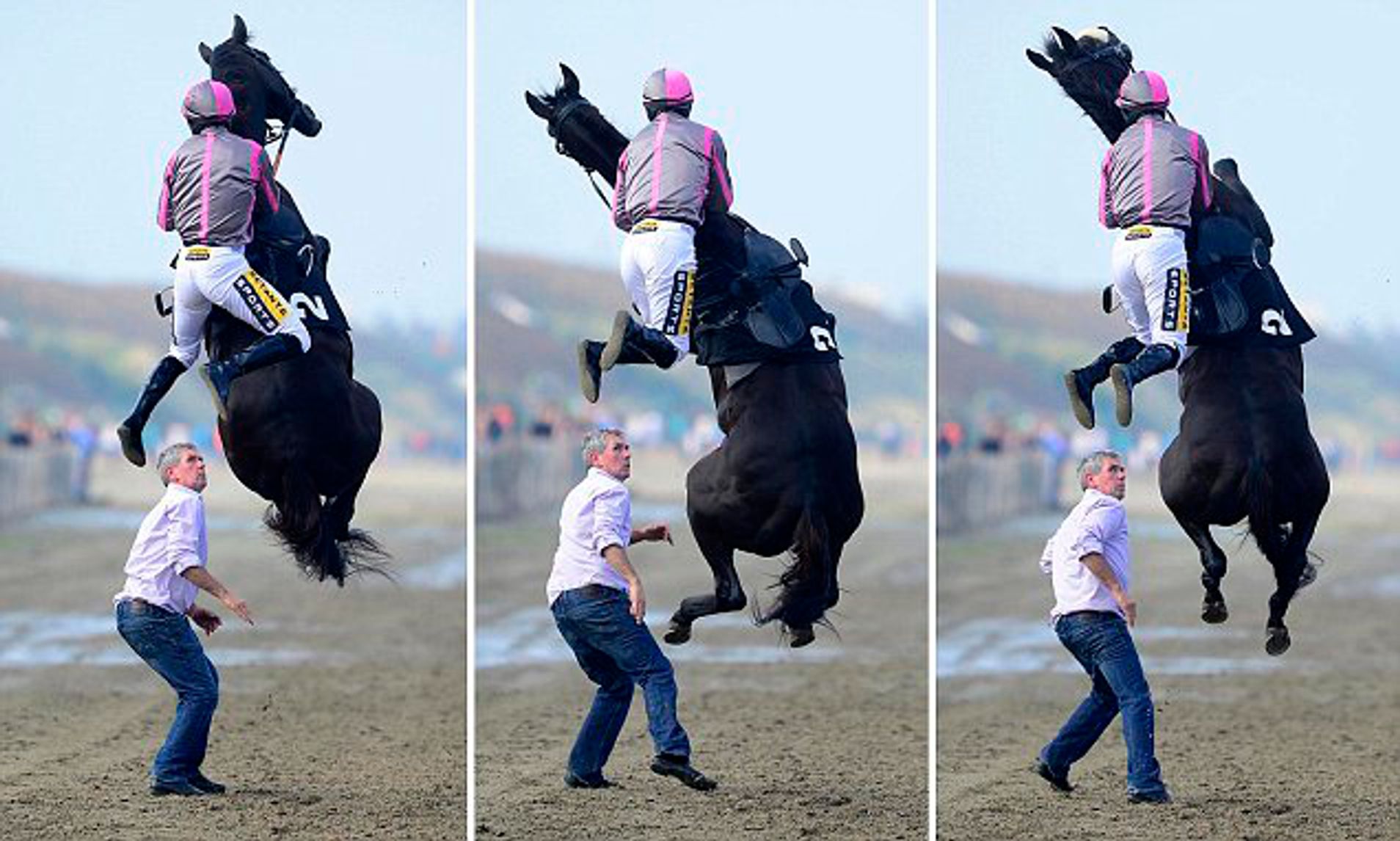Sarah (Sally) Swift
Sally Swift`s legendary book, Centered Riding, published in 1985, was translated into 14 languages and sold more than 500,000 copies. This book enabled everyone in every body type, on every horse, to enjoy riding better in a correct seat.
 Swift.jpg)
Centered Riding is a school of thought and a training method, which incorporates Tai Chi, the Martial Arts, and the Alexander Technique (a theory of mind-body connection), among other things. Sally?s ideas were inspired in part by the physical therapy she received as a child with scoliosis, at the hands of Ms. Mabel Ellsworth Todd. The term Centered Riding is the essence of the balanced seat, riding that enables riders to be in relaxed balance and harmony with their horses as well as having body awareness. All this is due to Sally?s solid grasp of human and equine biomechanics. The significant gift that her equitation theory has lent to the world has enabled riders of all levels and backgrounds to embrace the basics of dressage. The concept of having horses work and perform in a happy manner has been the cornerstone of her teaching from the start and has benefited generations of horses and riders
Her book, Centered Riding, published in 1985, has been translated into 14 languages, and Centered Riding 2, published in 2003, has been translated into 8 languages. Centered Riding has sold more than 500,000 copies. A German magazine stated that Centered Riding is the most important equestrian work since Xenophon. Sally wrote the book that allowed everyone in every body, on every horse, to enjoy riding better in a correct seat.
Having been a member of the New England Dressage Association from its inception, Sally has had a remarkable influence on riders and instructors in that GMO. What sets her apart from the masses of regional instructors is the literal blanketing of the nation and the world with clinics, and her commitment to teaching instructors how to teach normal and handicapped riders, which has changed how people ride and think about riding.
People flocked to her clinics all over the U.S. as she helped many with their riding problems brought about by accidents, bad fitting saddles, tension, or a physical imbalance. She saw what riders? bodies were doing to constrict their horses and was able to help them find a way to allow the horse move to its potential.
Sally taught at USDF Violet Hopkins Seminars with Major Anders Lindgren, Colonel Aage Sommer, and Maryal Barnett. The dressage community has directly benefited from her teaching influential instructors such as Jane Savoie, Lendon Gray, and Robin Brueckmann. According to Lendon, ?Sally has had a wonderful influence on dressage in the U.S. and around the world. She has brought techniques of finding the correct position and feel to riders of all levels, but most importantly to adult amateurs who are so often struggling with years of bad habits and fears. She has brought a system of teaching to an activity which has so little direction, in how to teach.
She has generously shared her grasp of teaching theory and extraordinary communication skills through her active involvement with the American Riding Instructors Program, where she was honoured with their Lifetime Achievement Award. She has mentored her own riding instructors certification curriculum for ?Centered Riding? instructors.
Sally has coached many people riding at the national levels in dressage and eventing, such as Lendon Gray, Denny Emerson, Marcia Kulak, Priscilla Endicott, and members of the Perkins family. But the list of her competitive students is a fraction of the grass roots and amateur dressage riders who have prospered from her tutelage. This is where she has clearly made the largest contribution. Her theories certainly have trickled down from the top, but more importantly have educated and enabled the riders at the base of sport immensely.
Through four decades of teaching and powerfully influential writing, Sally has been instrumental in developing a broad base of appreciation and understanding of riding dressage in the U.S. She has served as a role model through her exemplary consistent conduct and empathy towards her students and their horses. Her national influence at the grass roots level has helped thousands of riders improve their riding through her presentation of clear equitation and equine biomechanics. She has also improved the teaching of riding instructors all over the country.
 Swift.jpg)
 Swift.jpg)
Centered Riding is a school of thought and a training method, which incorporates Tai Chi, the Martial Arts, and the Alexander Technique (a theory of mind-body connection), among other things. Sally?s ideas were inspired in part by the physical therapy she received as a child with scoliosis, at the hands of Ms. Mabel Ellsworth Todd. The term Centered Riding is the essence of the balanced seat, riding that enables riders to be in relaxed balance and harmony with their horses as well as having body awareness. All this is due to Sally?s solid grasp of human and equine biomechanics. The significant gift that her equitation theory has lent to the world has enabled riders of all levels and backgrounds to embrace the basics of dressage. The concept of having horses work and perform in a happy manner has been the cornerstone of her teaching from the start and has benefited generations of horses and riders
Her book, Centered Riding, published in 1985, has been translated into 14 languages, and Centered Riding 2, published in 2003, has been translated into 8 languages. Centered Riding has sold more than 500,000 copies. A German magazine stated that Centered Riding is the most important equestrian work since Xenophon. Sally wrote the book that allowed everyone in every body, on every horse, to enjoy riding better in a correct seat.
Having been a member of the New England Dressage Association from its inception, Sally has had a remarkable influence on riders and instructors in that GMO. What sets her apart from the masses of regional instructors is the literal blanketing of the nation and the world with clinics, and her commitment to teaching instructors how to teach normal and handicapped riders, which has changed how people ride and think about riding.
People flocked to her clinics all over the U.S. as she helped many with their riding problems brought about by accidents, bad fitting saddles, tension, or a physical imbalance. She saw what riders? bodies were doing to constrict their horses and was able to help them find a way to allow the horse move to its potential.
Sally taught at USDF Violet Hopkins Seminars with Major Anders Lindgren, Colonel Aage Sommer, and Maryal Barnett. The dressage community has directly benefited from her teaching influential instructors such as Jane Savoie, Lendon Gray, and Robin Brueckmann. According to Lendon, ?Sally has had a wonderful influence on dressage in the U.S. and around the world. She has brought techniques of finding the correct position and feel to riders of all levels, but most importantly to adult amateurs who are so often struggling with years of bad habits and fears. She has brought a system of teaching to an activity which has so little direction, in how to teach.
She has generously shared her grasp of teaching theory and extraordinary communication skills through her active involvement with the American Riding Instructors Program, where she was honoured with their Lifetime Achievement Award. She has mentored her own riding instructors certification curriculum for ?Centered Riding? instructors.
Sally has coached many people riding at the national levels in dressage and eventing, such as Lendon Gray, Denny Emerson, Marcia Kulak, Priscilla Endicott, and members of the Perkins family. But the list of her competitive students is a fraction of the grass roots and amateur dressage riders who have prospered from her tutelage. This is where she has clearly made the largest contribution. Her theories certainly have trickled down from the top, but more importantly have educated and enabled the riders at the base of sport immensely.
Through four decades of teaching and powerfully influential writing, Sally has been instrumental in developing a broad base of appreciation and understanding of riding dressage in the U.S. She has served as a role model through her exemplary consistent conduct and empathy towards her students and their horses. Her national influence at the grass roots level has helped thousands of riders improve their riding through her presentation of clear equitation and equine biomechanics. She has also improved the teaching of riding instructors all over the country.
 Swift.jpg)



